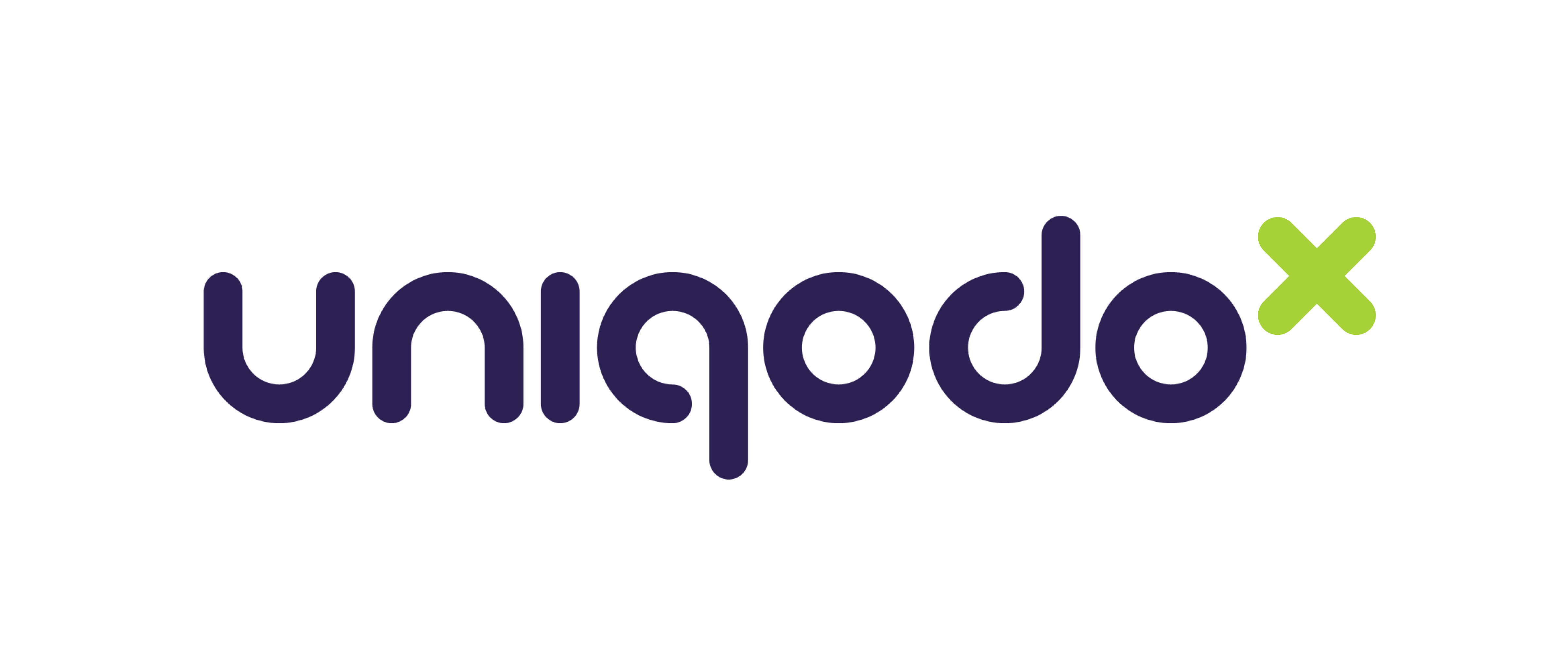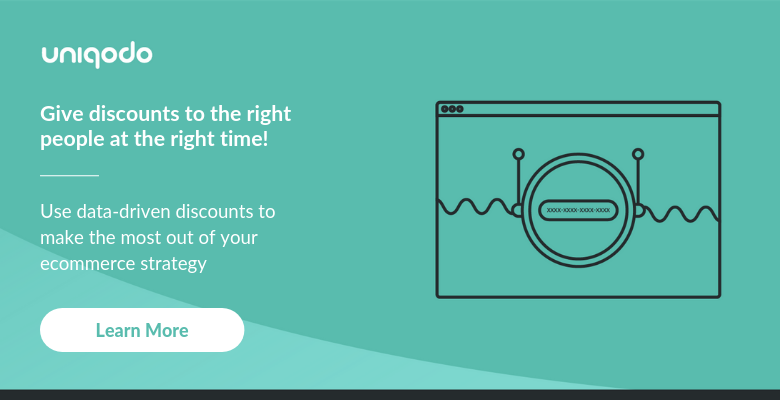COVID-19 has disrupted the travel industry — to say the least. Air travel is down by as much as 95%, and the OECD predicts that the international tourism economy could shrink by 60-80% in 2020. But travel is still occurring, and as we exit lockdowns, travel brands need to deploy every strategy at their disposal to make the most out of these opportunities.
The problem right now is that we’re effectively six months late in selling “summer 2020”. The usual post-Christmas peak booking period, winding up in the late deals market in June, has gone out the window this year.
Travel brands need a way to jumpstart summer holiday sales right before the summer holiday is about to begin. With periodic lockdowns and ever-changing international travel policies, developing more flexible sales patterns is key to managing the “new normal” in travel — not simply saving summer 2020.
Our expertise is in promotional marketing. This article is going to look at how creative promotional strategies can enable a flexible realignment with current market trends. There are huge opportunities to upsell, upgrade, and dynamically-drive pricing to optimise capacity. Let’s get started!
What makes 2020 unique for travellers?
Quarantines and a pandemic are obvious big hurdles to international travel. But COVID-19 has changed our society in many more subtle (and not so subtle) ways. Understanding these changes and aligning your strategy to match is key to planning an economic recovery. Consider the following:
1. New ways of working
In 2019, 14% of the UK workforce worked from home. That number jumped to nearly 50% in April 2020, and 81% of workers expect to work from home at least one day a week after lockdown. Considering the limited (or even positive) impact of WFH policies on productivity during COVID, it’s very likely that “desk workers” will continue to experience far greater flexibility in their work schedules.
How to use this information: Workplace flexibility creates interesting opportunities to upsell. Individuals (particularly families) may be open to taking longer vacations that merge work and holiday over a multi-week period — and workplaces may be more open to accommodating this flexibility.
2. Aspirations to make the most of travel
Most surveys show continued interest in international travel. 60% of British travellers are planning a long-haul trip in the next 12 months. 20% of 16-24 year olds actually plan on traveling more. With that said, there are still significant fears about flying, and barriers to the actual act of travelling will likely reduce a willingness to travel without proper planning. It shouldn’t be surprising that 30% plan on taking fewer, high-quality trips of longer duration.
How to use this information: Use overlaid and in-line messaging to encourage customers to upscale their booking — after all, it’s likely to be their only trip for the next 12 months so they’ll be eager to make the most of it. Then, provide a strong re-booking offer for the following year to retain customers where you can.
3. Increased interest in staycations
Although international bookings are down, UK tourism businesses have actually reported up to a 40% increase in website visitors compared to last year. The majority of these inquiries have been for domestic travel, such as cottages and campsites. With barriers to international travel and fears related to the use of public transportation, the ability to drive to a holiday destination is a big bonus.
How to use this information: Targeting domestic travellers should be high on your list. The ability for different travel brands to accommodate this shift won’t be uniform. But for brands who can, this is an important revenue source worth taking seriously.
4. Less cash to spend
COVID-19 is a health crisis, but it’s also an economic one. Travel industry professionals likely know this better than anyone. But the real ramifications on public spending power are important to recognise. As the furlough programme comes to an end, the full implications of this will become more evident in society.
How to use this information: Although only 16% of British travellers currently plan to spend less on their international holidays this year, only 15% are actually ready to book (c. June). On top of this, the uncertainty of the travel industry is making it harder for customers to commit — the ability to offer holiday-makers “good deals” will help incentivise them to book the trips they want. Travel brands wouldn’t usually offer discounts at this time of year, but brands must be brave and create a bespoke promotional strategy that keeps pace with the changing lockdown restrictions.
What makes 2020 unique for travel brands?
Forced closures and quarantines have created a number of unique circumstances for travel brands. Understanding how these align with the unique demands of travellers can allow for win-win transactions.
1. Need for immediate liquidity: Airlines might be the worst impacted — 75% of global airlines currently face a liquidity crisis. But this problem extends to the entire industry. It’s critical that brands are able make money, and do so quickly to mitigate extensive capital expenses.
2. Extremely distressed stock: The drop in bookings means that travel brands have an excess of capacity. Filling that capacity in an optimised way is critical to turning a profit — particularly for hotels and airlines. This applies to summer holidays, but also winter booking for 2020/21.
3. Limited destinations: With the international community responding to COVID quite differently, access to different destinations is variable. Travel brands need the ability to flexibly react to changing restrictions while optimising capacity to retail profit margins. That means incentivising travellers to take certain routes, and even encouraging them to change plans based on unfolding circumstances.
4. Existing travel vouchers: The travel vouchers that were issued to cover cancelled trips after lockdowns came into force will start to get redeemed. Travel brands need ways to monetise those holidays and gain additional revenue.
Where promotional marketing delivers significant opportunities
Opportunities for travel brands sit in aligning distressed stock with travellers who want a good deal. Clever application of promotional marketing strategies can help brands optimise conversion rates and capacity — maximising margins and upselling to tourists eager to make the most out of their holiday stay. Consider the following:
1. Dynamic capacity promotions: Different types of promotions can be used to incentivise the purchase of specific travel options, e.g. promoting destinations, hotels and flights where capacity is high, or where departure dates are near — providing good deals to travellers and maximising marginal return for travel brands.
2. Upgrade vouchers: In order to bring in new profit from travellers redeeming vouchers for cancelled trips, dynamic use of promotions can upsell extended stays, upgrades, and more exotic destinations. This allows travel brands to bring in additional revenue and aligns with customer demand for supercharged holiday experiences.
3. Selling extras: New and existing customers can be incentivised to add extras to their bookings as well. By discounting extras — car hire, parking, lounge access, excursions — customers can make the most of their limited vacations and travel brands can increase their margins.
3. Extend stays: With travellers looking for longer holidays that can be slotted around more flexible work schedules, promotions can be used before and during travel to upsell additional vacation days.
4. Encourage upfront payment: By offering lower total costs, promotions can be used to incentivise upfront payment. This helps travel brands manage immediate liquidity issues and helps travellers get a better deal.
5. Promote Winter 20/21 and Summer 21: By driving interesting bundles or deals in preparation for the coming holiday seasons, you can encourage customers to convert and book ahead right now.
How to ensure promotional success
Although promotional marketing brings a number of significant opportunities, it needs to be done in the right way. That means:
-
Avoiding over-discounting
-
Protecting Margins from being eroded
-
Achieving key (and fluctuating) business objectives
-
Results need to be measured
The key to ensuring promotional success is picking the right tool. Effectively, you need to make sure that you are able to do two different things: issue controllable, single-use codes and automate the distribution of promotions across a range of customisable channels and criteria. Then you have to apply these capabilities to a strategy aligned with explicit business objectives.
1. Unique, single-use codes
Single-use codes provide controlled discounting. This prevents promotions from going viral, and allows you to avoid over-discounting or cannibalising other marketing campaigns. Single-use codes need to be generated for each promotion, and then validation criteria tracked and cross-referenced when redeemed. Single-use codes also help create targeted vouchers aligned with specific business objectives.
How to do this: Single-use codes can be generated in a number of ways. Many ecommerce platforms and CRM promotional functions allow you to generate unique codes. However, dedicated promotional marketing software can provide more bespoke validation criteria, help customers understand why a code cannot be validated (if they have not met the criteria), and automate some of the manual tasks required in generating codes.
2. Promo distribution
Timing is very important to effective promotional marketing. You need to be able to display promotions to shoppers when they are relevant. This means the ability to display codes to unique users on your website, through email campaigns, and PPC display advertising retargeting specific shoppers. This needs to be done in an automated way that doesn’t create an administrative burden.
How to do this: The automated distribution of complex and targeted promotional offerings is where advanced tools really shine. A “promotions engine” will allow you to input a number of specific criteria (e.g. search patterns, shopping cart abandonment, time since last booking, previous destinations, etc.) that can be applied to individual visitors and used to generate and distribute codes through a number of channels.
Ultimately, these kinds of capabilities either have to be built in-house, or achieved through partnership. With the clock ticking, a prebuilt solution will get you up and running faster. Outside specialists can also help you develop and execute the right promotional marketing strategy. Check out our free eBook — The Ultimate Guide to Using Promo Codes — if you want to learn more.
Building a bespoke outcome
2020 is a tough year for travel. But it’s important to remember that every prior trend pointed towards significant expansion of tourism, business travel, travel accommodations and modes of transportation. If you want to learn more, check out our free eBook — Why The Travel Industry Will Survive and Thrive Post-Pandemic.
Making it to that better future depends on maximising opportunities today. Remember: this is a great time to find new customers -- most customers are still waiting to make their summer holiday booking.
In order to save the summer, travel brands need to respond dynamically and at pace to ever-changing trading situations. A promotion engine can help achieve this by making the most of the shifting opportunities and challenges through the use of brave, bespoke promotional marketing strategies.
Keep on top of the changing circumstances and utilise the targeted application of advanced promotional marketing strategies to effectively upsell customers, acquire new customers and optimise your booking capacity. If done effectively, this will drive sales while (potentially) increasing profit margins. But the right technology and right strategy are prerequisites for success.
Get in touch if you want help making the right strategic choice.







Subscribe to the Blog